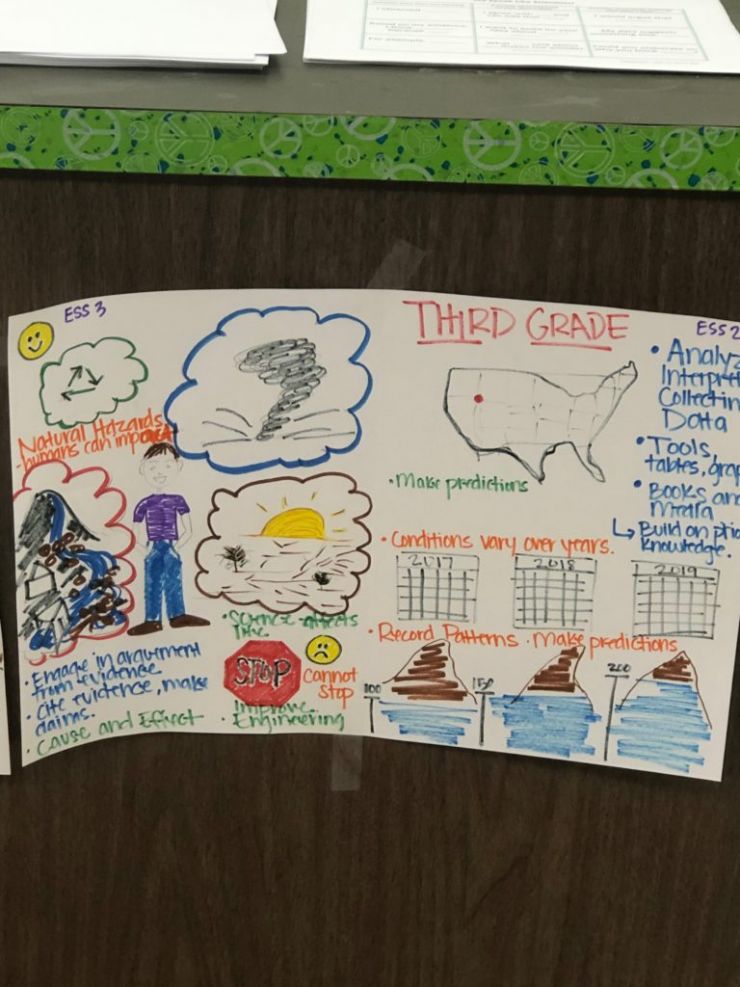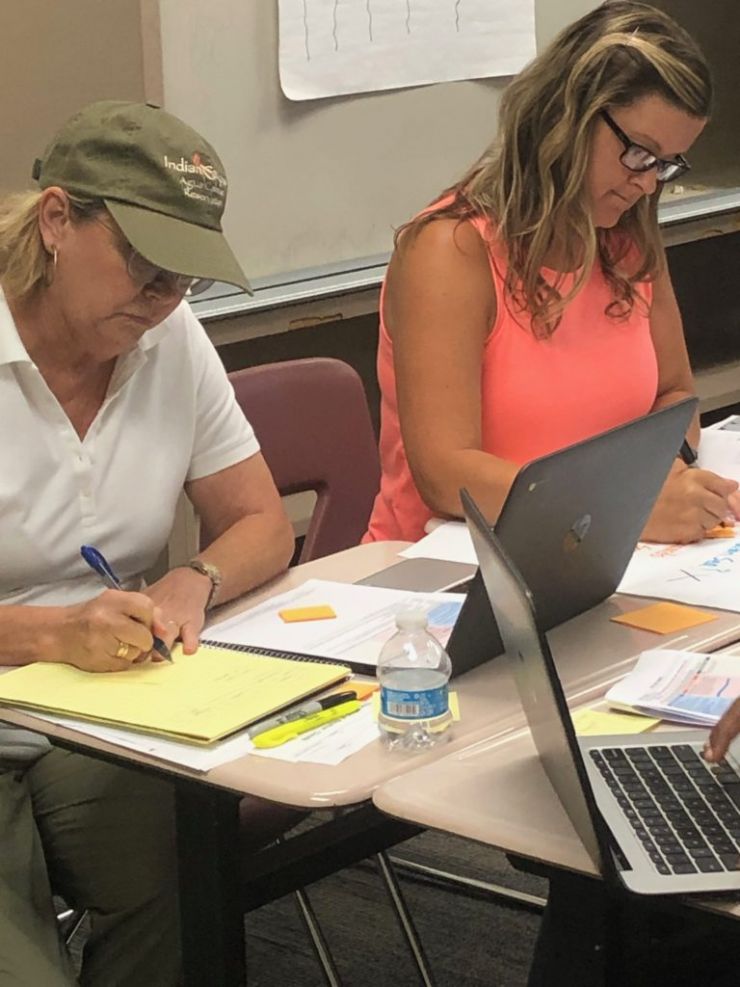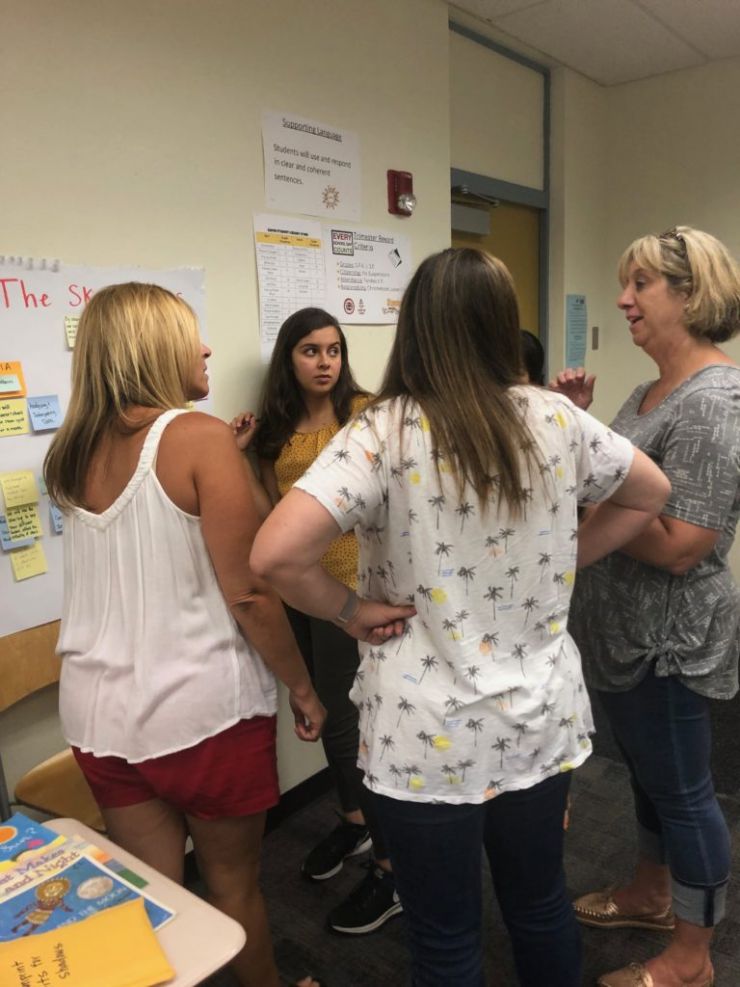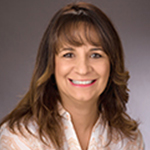Changing “Needs” to “Gots”
“I need time to plan with my team.” “I need to explore the standards more.” “I need help developing lessons.” “ I need to know how to appropriately assess student learning.” “I need a better understanding of how to choose a phenomenon.” “Ummm, what is phenomena?” “I need everyone else’s lessons!” These needs probably sound all too familiar to anyone in a coaching or mentoring position. As the elementary science teacher on special assignment (TOSA) for Palm Springs Unified School District (PSUSD), I also struggled with how to meet these needs. Throughout the school year, I worked with principals and staff to bring professional learning opportunities around notebooking, phenomena, reading for a purpose, and bridging science and ELA to each of our 15 elementary schools’ staff. These one-stop sessions were helpful and continued to bring awareness of Next Generation Science Standards (NGSS ) to our teachers. I also worked closely with principals to help them understand the shifts required of teachers by the NGSS through classroom walkthroughs aimed at developing a common vision for science at all sites. But I was still hearing a lot of “needs” and I wondered how to continue to build capacity throughout my district.
One answer? A 2 day Science Summer Institute! With the help of the secondary science TOSA, Philip Hudec, a team of core lead teachers, and our K12 Alliance Regional Director, Karen Cerwin, the Science Summer Institute was born. This intensive training was designed with 4 main goals in mind.
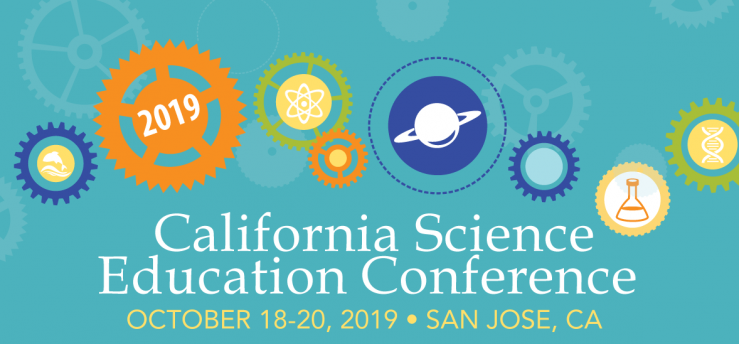
Goal #1. We would create a space for teachers to safely struggle with what it means to teach science using all 3 dimensions: Disciplinary Core Ideas (DCIs), Science and Engineering Practices (SEPs), and Crosscutting Concepts (CCCs). Teachers would think about and observe examples of what it looks like to utilize student-centered, inquiry-based lessons where wonderings lead to phenomena, and phenomena leads to figuring-out, and figuring-out leads to explanations.
Goal #2. Teachers would work with other teachers from across the district at their grade level to thoroughly dissect Earth and Space Science standards (ESS). Teachers would graphically represent the standards at each grade level from Kindergarten to Fifth grade to observe where standards build on each other and deepen their understanding of the importance for all grade levels to teach the science standards in order to prepare for deeper content in ensuing grades. Teachers would “see” that it is imperative for all students to have science at all grade levels.
Goal #3. Teachers would think more deeply about phenomena and how a carefully chosen anchor phenomenon can drive student learning. Afterward, teachers would brainstorm local phenomena for their own Earth and Space Science standards. This would lead teachers to develop a conceptual flow of the content, the SEPs, and the CCCs that students would need to meet the performance expectations (PEs). This map, or storyline, would become the basis for planning instruction.
Goal #4. Planning time was and always is a big need for teachers. Our summer institute would have plenty of planning time with facilitation from core lead teachers who had experience with the grade level and could offer concrete advice and support. Teachers would share their plans with other teams so that everyone would walk out prepared to start the 2019/20 school year with a plan for science.
Planning completed, we held our Science Summer Institute on June 24 and 25, 2019 at Raymond Cree Middle School in Palm Springs. 95 transitional kindergarten through fifth-grade teachers attended. Teachers met in grade-level groups and were facilitated by early implementer teacher leaders, all experienced at implementing NGSS in their own classrooms. Day 1 included grade-appropriate hands-on investigations and informational readings. These served to familiarize teachers with what it feels like to do science as opposed to being told science. It also helped build content knowledge and ease fears about teaching science for the teachers. Walking through the rooms during this time, the smiles on the teachers’ faces and snippets of overheard conversation such as “My students would love this” and “Now I understand Explore and Explain” were great to hear. The day continued with teachers engaging with the Earth and Space Science standards. During Day 2, teachers brainstormed their phenomena, developed their conceptual flows and began to create lesson plans. At the end of day 2, teachers had expanded large amounts of brainpower and felt energized and equipped to teach science better in the coming year.
The “needs” had changed into “gots”. “I got a great plan for how to start the year.” “I got a better understanding of how to include DCIs, SEPs, and CCCs in science lesson plans.” “I better understand how to create a unit from phenomena.” “I got to meet great people and left with a much stronger understanding of NGSS.” “I got ideas for resources to find ideas for science lessons.” I got a better knowledge of the standards.” “I got peace of mind of how to plan for the upcoming year.” “I got to plan science lessons to share with my grade level.”
So, the Science Summer Institute was a huge success. We accomplished our goals, turned a lot of “needs” into “gots”, and empowered a lot of teachers to plan lessons and units where phenomena are driving the learning and students are doing the science. What’s our biggest “need” moving forward? Quality instructional materials for all elementary students. That will have to wait for another article. Stay tuned.
